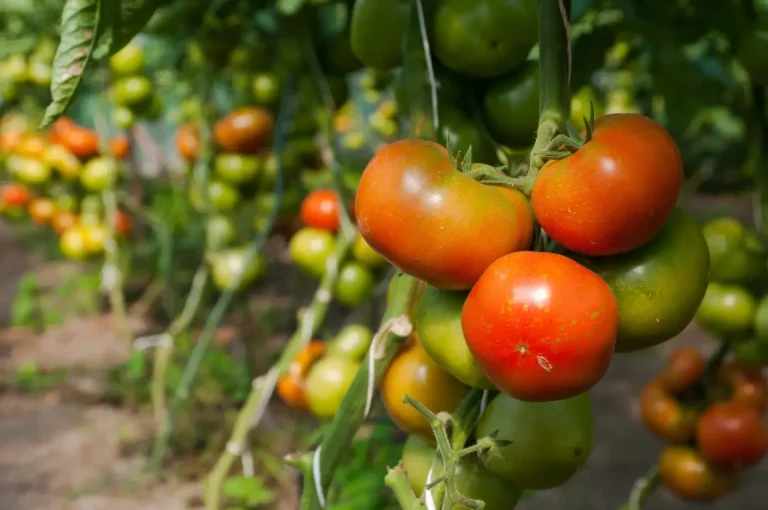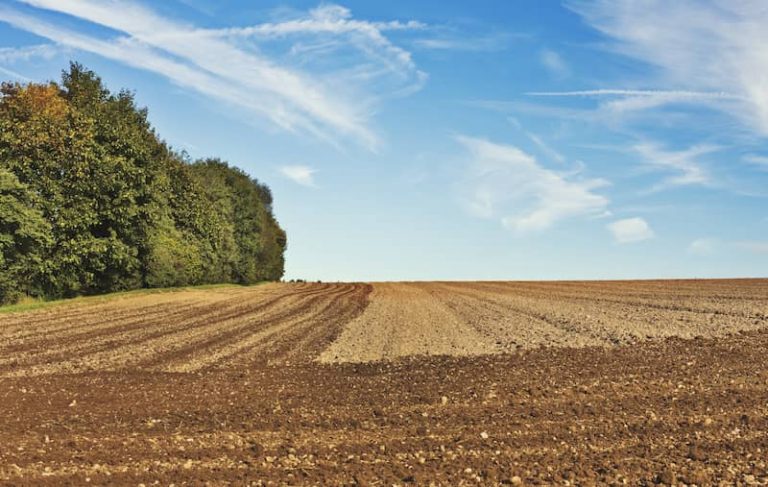Robots have a bright future in African agriculture, according to an expert on the sector.
Writing in the journal Science Robotics, David Vernon, research professor at Carnegie Mellon University Africa in Rwanda, pointed to several applications where automated technologies are making ground in the continent, with farming key among them.
How farm robots are being used in Africa
As part of a rise in ‘agriculture 4.0’ applications, the use of drones is supporting smallholders with sustainable pest control, he said, with South Africa’s Aerobotics one example. The company have been employing its Skybugs technology to precisely deliver biological controls to crops as part of pesticide reduction programmes.
The African Union Development Agency is also backing the use of agricultural robots, particularly for use in harvesting. It has highlighted several case studies of its own, including automated harvesting of tomatoes, strawberries and avocados in Kenya.
In Vernon’s editorial, he notes the key role of robotics to inspire study and careers in STEM, something that has “grown consistently” since 2015. The Pan-African Robotics Competition is a component of the drive to engage young people and has added a league focused on agriculture to its offering.
While new blood is entering the sector, there is already a high calibre of African robotics researchers pushing technologies — and their practical applications — forward, Vernon continued. He pointed to those not only in African institutions but based abroad and with connections to what is happening on the ground in the continent.
Farmer feedback and adoption challenges
The African agricultural robotics market is projected to grow to $336 million by 2030, with automated harvesting technologies leading the way and drones, driverless tractors and robotic milking also taking considerable shares. Despite the promise, there are still considerable barriers to overcome, wrote Vernon.
The bottlenecks as things stand include limited access to advanced education, similarly constrained access to advanced computing, as well as the current cost of hardware. Lack of investment is another problem, he said. Some of these issues could potentially be mitigated by improved collaboration, yet currently, sparse distribution of research institutes with limited connections between them are the norm, while visa restrictions are hindering potential international cooperation. All is far from lost, however, he stressed.
“The difficulty of these challenges is balanced by the immense enthusiasm and optimism of the robotics community in Africa, the gathering momentum of its activities, and the increasing awareness worldwide of the potential of robotics in Africa,” he concluded. “The future of robotics in Africa is bright indeed.”
Key takeaways
- Farm robots for weeding, planting, and harvesting are being deployed across African pilot projects, enhancing efficiency and crop health.
- Early data shows reduced labour costs, increased productivity, and higher precision in field operations.
- Farmers report improved ease-of-use and potential crop yield benefits, alongside challenges in training and infrastructure.
- Key hurdles include access to affordable machines, maintenance support, and reliable connectivity in rural areas.
- Strong local partnerships and tailored training programmes are critical to scaling robotics adoption sustainably.
Want to read more stories like this? Sign up to our newsletter for bi-weekly updates on sustainable farming and agtech innovation.











